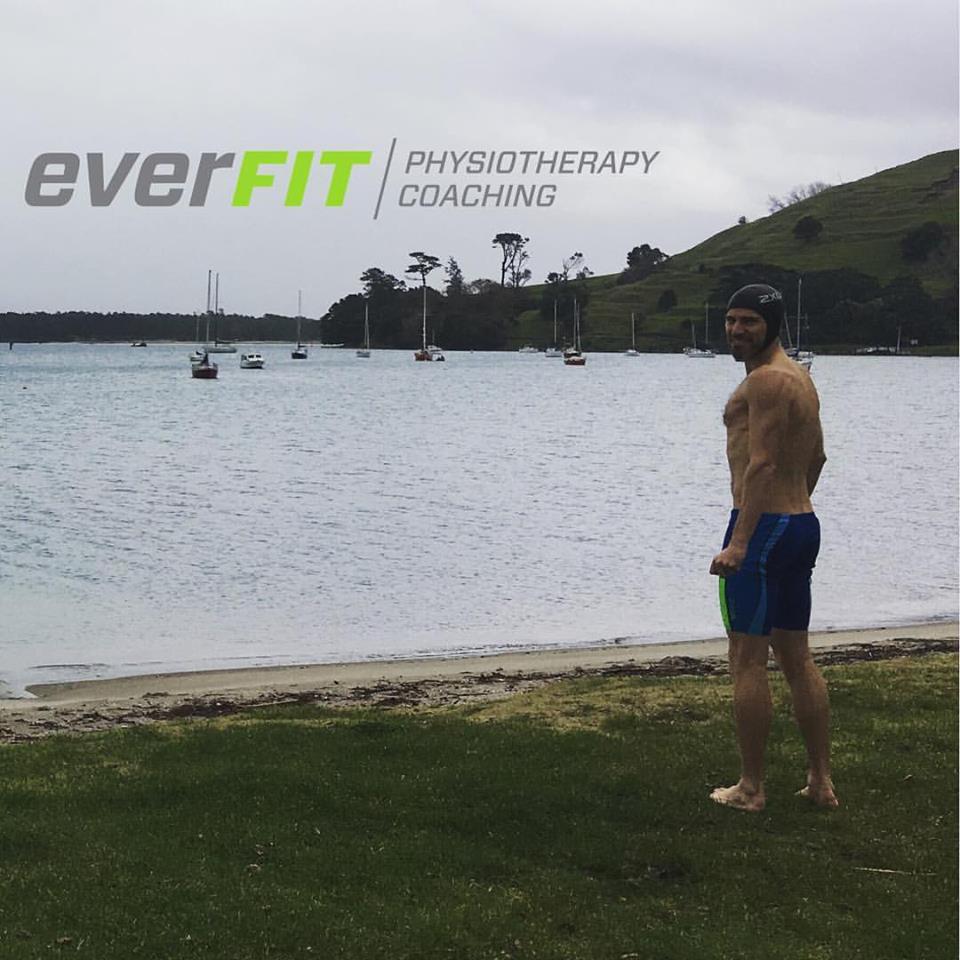Geek out on Cold Exposure Training
Health, January 14, 2017
This article is backing up cold exposure training. The references are sourced from work completed by Dr. Rhonda Patrick (FoundmyFitness) who promotes strategies to increase health and wellness with a deeper understanding of biology.
I've been playing round with cold exposure for almost 2 years now. Last winter I scheduled in at least one sea swim every week (up to 1.5km) wearing a wetsuit and a neoprene cap. In November 2015 I decided to add cold showers to my daily habits (I will have a warm shower if I have been exercising outside in the rain and come home chilled - a cold shower on top of that risks over exposure and getting sick). This last winter I swam in the sea weekly without a wetsuit, and completed one 500m swim in Blue lake when it was 11.4 degrees.
One profound physiological response to cold exposure is a release of noradrenaline into the bloodstream as well as in the locus coeruleus of the brain (noradrenaline is a hormone and a neuro transmitter - involved in vigilance, focus, attention and mood). As a hormone it increases vasoconstriction (decreasing the total surface area of which the blood loses heat to the environment). Research shows that 1 hour exposure at 14 degrees Celsius increased noradrenaline by 530% and dopamine by 250% (Human physiological responses to immersion into water of different temperatures, P.Sramek et al, European Journal of Applied Physiology, Feb 2000, vol 81, Issue 5, p 436-442).
Exposure to cold also triggers heat shock proteins and in addition cold shock proteins. When the body is cooled many genes are shut down except genes involved in lipid metabolism (fat burning), and a group of proteins known as "cold shock proteins (CSP)". One particular CSP RNA binding motif 3 (RBM3) found in the brain, heart, liver, and skeletal muscle increases massively with cold exposure. It's affect on the brain (with experiments in mice) is to prevent the loss of synapses (one of the effects of aging and neurogenerative disease). It is proposed that controlled cold exposure has benefits for neurological disease.
The inflammation process is an important part of how we as humans function. The purpose of inflammation is to do away with the initial cause of cellular injury, clear out dead tissue and cells damaged from the injury and inflammatory process and initiate repair. Unfortunately when this process gets out of hand (with no biological threat) it causes unnecessary problems. A recent study looking at the bio-markers in people aged between 85-110+ and showed that low inflammation was the only bio-marker that predicted cognitive capabilities and longevity across all the age groups. Noradrenaline decreases inflammation inhibiting the inflammation pathway by decreasing tumor necrosis factor TNF-alpha. Excessive cytokine TNF-alpha has been implicated in almost every human disease from Type 2 diabetes, to inflammatory bowel disease to cancer. This pro-inflammatory molecule has been shown to cross the blood-brain barrier activating the brains immune cells (microglia) aging the brain. These inflammatory molecules probably contribute to depression and anxiety by inhibiting release of serotonin. Noradrenaline also reduces macrophage inflammatory protein - 1g (MIP-1a) - this is produced by immune cells and may play a role in rheumatoid arthritis.
Cold exposure is shown in many research papers to increase our stock of immune cells boasting general immunity. This is a good thing as making it to an old age is associated with having a healthier biological stock of immune cells. Long term cold water immersion (3 x wk for 6 weeks) in healthy males increased lymphocyte numbers (Immune system of cold-exposed and cold adapted humans, jansky,L et al, European Journal Applied Physiol Occup Physiol. 1996;72 (5-6):445-50) and habitual winter swimmers have higher numbers of white blood cells compared to non-habitual winter swimmers (Adaption related to cytoknes in man :effects of regular swimming in ince-cold water, Dugue, B et al, Clinical Physiology 2000, March; 20 (2):114-21). Another study showed that cold exposure in a climatic chamber at 5 degrees Celsius increased white blood cell numbers including cytotoxic T lymphocytes (specialised type of immune cells that kill cancer cells) ( Immune changes in humans during cold exposure: effects of prior heating and exercise, I.K.M Brenner et al, Journal of Applied Physiology, Aug 1999 Vol 87, 2; 699-710). An association has been demonstrated in epidemiological studies between winter swimming and a 40% decrease in incidence of respiratory tract infections.
Exercise induced inflammatory response.
Endurance
If you have any coronary risk factors or other heart related risk factors avoid contrast therapy *Acute myocardial infarction induced by alternating exposure to heat in a sauna and rapid cooling in cold water, Imai. Y et al, Cardiology, 1998; 90 (4) 299-301.
I'm loving my cold training sessions and will continue to push my boundaries swimming in colder water for longer periods. In the winter of 2017 I'm hoping to swim in the Rotorua lakes at less than 10 degrees for over 500m. My daily cold showers will continue for life. The short term discomfort always gives way to an awesome invigorating buzz and I'm staring to relish rather than endure the cold wake up shower. Cold exposure training is one more habit that is now entrenched to allow me to be EVERFIT.

.jpg?version=8)